
Become enlightened by reading the wisdom of Eckhart Tolle.
Eckhart Tolle is a world-renown spiritual teacher and the author of the books “The Power of Now: A Guide to Spiritual Enlightenment” and “A New Earth: Awakening to Your Life’s Purpose” , both of which have sold in the millions.
His work, which has been influenced by a wide range of spiritual teachings, is centered on the recognition that the now is all that there is. Here are 30 pearls of wisdom from Eckhart Tolle:
 1. Instead of reacting to the content that arises in your life—thoughts, external events, other people, the scenery, and so on—, allow the content to be. That is, instead of identifying with what arises in the now, become aware of the now itself, beyond the phenomena that arise in it. To become aware of the now itself means that you become aware of the stillness that underlies everything.
1. Instead of reacting to the content that arises in your life—thoughts, external events, other people, the scenery, and so on—, allow the content to be. That is, instead of identifying with what arises in the now, become aware of the now itself, beyond the phenomena that arise in it. To become aware of the now itself means that you become aware of the stillness that underlies everything.
2. Becoming aware of the now also means realizing that you are the now, or noticing the “observer” that witnesses life’s events with detachment, and without being possessed by them.
3. The underlying stillness is underneath and between all of your thoughts. In fact, it surrounds all of the content in your life.
4. Meditating in the morning will help you to begin the day in the undercurrent of stillness.
5. Most people are not aware of the field; they’re only aware of what happens in the field. In fact, it’s not just that they’re only aware of what happens in the field, but they identify with what happens in the field in their search for self.
6. Fear of loss is when you identify with part of the content—with something in the external world–, and you think that if you lose it, you’ll lose part of who you are. For example, when you tell yourself that without this or that, “I’m no one”.
7. You’ll live in a state of continuous joy, no matter what arises, when you realize that what arises isn’t that important. What arises is just consciousness playing with form.
8. Become a participant in the play of form by creating without self-seeking; when you create without self-seeking, you’ll create beautifully. However, when you create and there’s self-seeking in it—when you tell yourself “I need”, “I want”, or “I must have”–, then you infuse the creative energy that is flowing through you with negativity.
9. The power of consciousness flows through you, and it loves to create; simply let it flow.
10. Think of the last time you were in a traffic jam; you felt stressed because you needed to be at “X” place, but you weren’t moving. However, the same spaciousness that is easy to become aware of when you’re contemplating nature, for example, surrounds even this event which we call a “traffic jam”. Shift your awareness from “traffic jam” to spaciousness.
11. You find the spaciousness surrounding any event simply by allowing that moment to be. Say “yes” to anything that happens, instead of fighting or resisting what is. What’s the point of saying “no”, if it is? Simply tell yourself, “It is what it is”. When you do this you become aware of a dimension that is deeper than the event that’s taking place.
12. If you get angry about something that’s happening around you, do the same thing; simply say, “Here’s the energy of anger; it is what it is”. Of course, it’s much easier to notice the stillness that surrounds something such as a flower, than it is to notice the stillness that surrounds anger. However, the stillness surrounds everything, even strong emotions such as anger.
13. True surrender does not mean to passively put up with whatever situation you find yourself in, and to do nothing about it. It doesn’t mean to stop making plans or initiating positive action. Surrender is about yielding to, rather than opposing, the flow of life.
The only place in which you can experience the flow of life is in the now. So, to surrender means to accept the present moment, unconditionally, and without reservation. It’s relinquishing any resistance to what is.
14. Thinking that you are the physical form that you’re occupying, with its psychological make-up, and the stories that it tells itself about who it is and what has happened to it during its lifetime, is an illusion.
15. Know yourself as something that is beyond form. To lose yourself in some form is suffering.
16. Every time that you react to a form that arises in the stillness or the spaciousness that exists around everything that there is, you identify more and more with the world of form.
17. An exercise that Eckhart Tolle recommends in order to become more aware of the present moment is to stop a few times throughout the day and look around the room you’re in as if you had just been born into that room, even if it’s just for a few seconds. Simply allow your entire self to be present and alert in the room, and enter the moment more fully. Don’t think about what you’re looking at; just look at it.
18. Most of your suffering is self-created. Almost all suffering arises out of your interpretation of something that is; that is, it comes from your thoughts about the situation, not from the situation itself.
19. There comes a point in which a person says, “I’ve suffered enough”, and at that point they’re ready to listen to the message that there’s another way to live. There’s another way to live that does not create further suffering. This way of living is when you stop mentally arguing with what is, and when you stop identifying with the world of form and with the mind-created self.
20. When you stop inflicting suffering on yourself, you’ll stop inflicting suffering on others.
21. You’ll never be able to arrange the world of form exactly as you want it, and you’ll never be able to accumulate all of the forms that you think that you need in order to be yourself, if you identify your sense of self with the world of form. It’s in the nature of the world of form that nothing stays fixed for very long.
22. The world of form will never make you feel complete and happy. Stop demanding that people, places, and situations make you happy and fulfill you. You need to go deeper, instead of staying at the surface.
23. When you see the inability of the world to make you happy, and when you notice the short-lived nature of whatever forms you encounter, you’ll begin to step out a state of unconsciousness and start to become more enlightened.
24. Accept what is. If someone cuts you off in traffic, it’s like a sudden gust of wind. You don’t personalize a gust of wind, so don’t personalize the fact that another car just cut in front of you. It’s simply what is.
25. The ego is habitual and compulsive thought processes that go through your mind continuously. It’s about being trapped in thought and in mental noise.
26. Even your mental chatter is surrounded by stillness; simply tell yourself, “I’m full of mental noise, and that’s OK.” This will allow you to move beyond it.
27. The pain-gap is the gap that exists between your rigid expectations of how things should be, and the way things are. Acceptance of what is releases you from the discomfort of the pain-gap.
28. Whatever you think that the world is withholding from you, you are withholding from the world. Give to the world, and to others, whatever you think is being withheld from you. This applies to all of the following:
- Love;
- Recognition;
- Assistance;
- Appreciation, and so on.
If you don’t think that you can give it because you don’t have it, just pretend. Soon after you start giving, you will start receiving.
29. If you don’t have a good relationship with the now, then you can’t have a good relationship with life, because life takes place in the now.
30. Worry is repetitive, negative thought patterns. There are three methods you can use in order to step out of the stream of negative thinking:
- First, move into the present moment by taking a few deep breaths.
- Second, you can step out of the stream of negative thinking by placing your attention on the feeling of aliveness in your body: in your hands, your arms, your legs, and so on.
- A third method you can use is to place all of your attention on an object in your environment.
Live your best life by living in the now. In addition, learn to live in the present moment by following the wisdom of Eckhart Tolle.


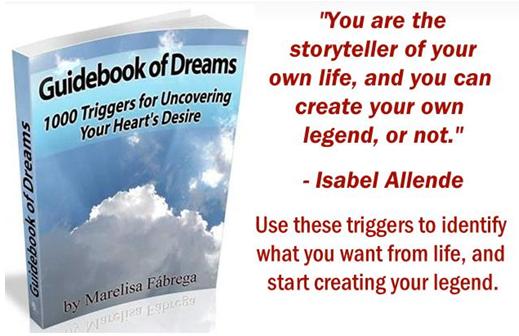
Related Posts:
1. Happiness Tips From the Dalai Lama
2. Three Happiness Tips From Eckhart Tolle
3. How to Create Positive Karma
4. 65 Happiness Quotes
Did you enjoy this article? Subscribe to “Daring to Live Fully” by RSS or by email, and get free updates.

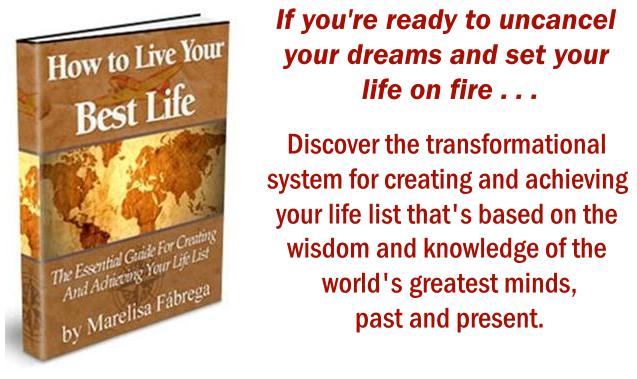
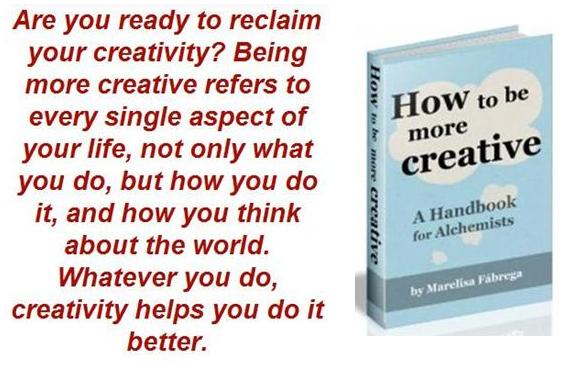
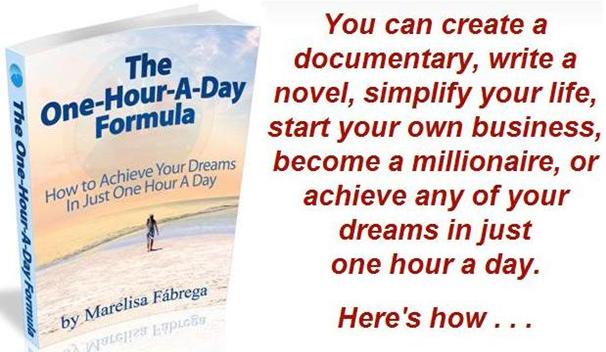
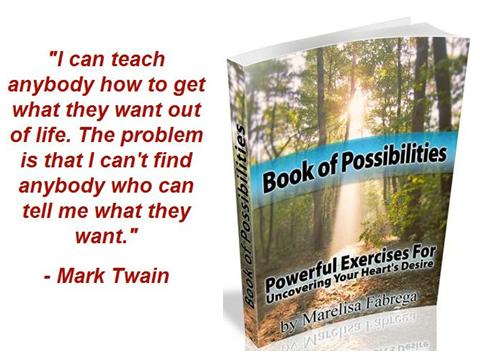

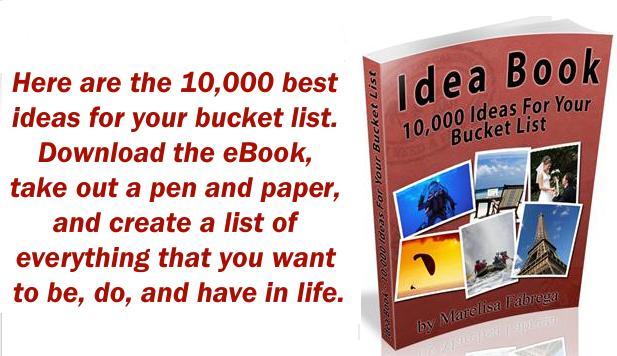
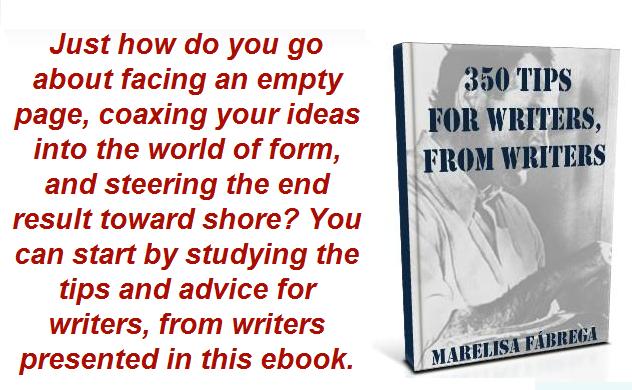
 Marelisa Fabrega is a lawyer and entrepreneur. She holds a Bachelor of Science in Business Administration from Georgetown University in Washington, D.C., as well as a Juris Doctor from the Georgetown University Law Center. You can learn more about her
Marelisa Fabrega is a lawyer and entrepreneur. She holds a Bachelor of Science in Business Administration from Georgetown University in Washington, D.C., as well as a Juris Doctor from the Georgetown University Law Center. You can learn more about her 






Comments on this entry are closed.
Thanks for posting this. I was not aware of Mr. Tolle before, and appreciate finding out about him. Especially targeted to my current painting frenzy is this bit from #8: “…when you create without self-seeking, you’ll create beautifully. ”
I’ve shared the link to this post with a number of people already this morning.
I find Eckhart Tolle to be a bit vague and spacey. And how can anyone live in joy when experiencing the death of a loved one (no 7)? I tried to read one of his books but couldn’t really understand it. It is not at all easy to comprehend. However having said that there are a lot of good points you have listed to consider. Thanks.
Hi Julie: I’m glad that you found Tolle’s wisdom useful. We do create beautifully when we can get our ego out of the way and just create for the joy of creating.
Hi Vicki: I don’t like his audiobooks because I think he speaks too slowly, but I love his books. Number seven refers to the fact that what we see happening in the physical world is just the tip of the iceberg; what’s really going on is much larger and more profound than that. However, that can be very difficult to keep in mind when something huge is happening, like the death of someone we love.
Thanks Marelisa. The book I have of his is The New Earth. Perhaps I should read The Power of Now.